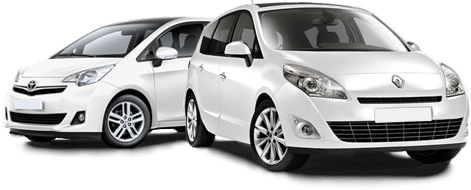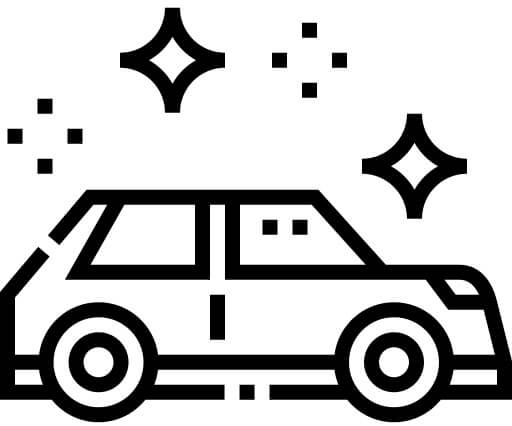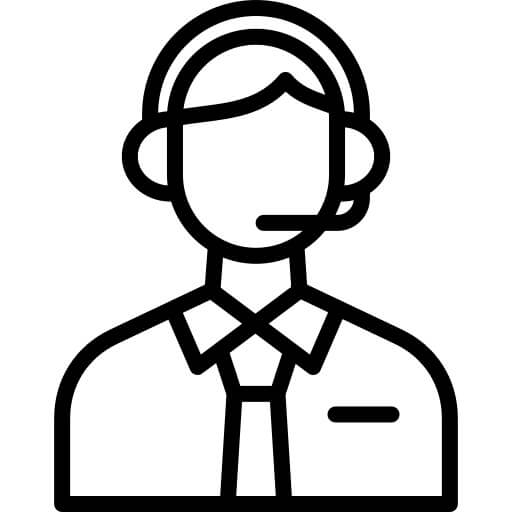1. What is the speed limit in Lake District?
The speed limits in the Lake District are the same as elsewhere in the UK. They vary according to the type of road and the area, from 30 mph in built-up areas to 70 mph on dual carriageways and motorways. Always check the road signs for the current speed limit.
2. Do I need a special driving licence to drive in Lake District?
No, you do not need a special licence. However, you must hold a valid licence that allows you to drive a car in the UK. Foreign visitors can usually drive on their home country licence or an International Driving Permit.
3. Are there speed cameras in Lake District?
Yes, there are speed cameras in the Lake District, as well as traffic enforcement officers who can issue fines for speeding. Always obey the speed limit to ensure your safety and avoid penalties.
4. Are there toll roads in Lake District?
There are no toll roads in the Lake District, but there are a few narrow, winding roads that require a toll to use, such as the Hardknott Pass and the Wrynose Pass. Ensure you have small change if you plan to use these roads.
5. Are there any particular driving rules in Lake District?
Driving in the Lake District follows the same rules as the rest of the UK. Always drive on the left side of the road, observe speed limits, and give way to traffic coming from the right at roundabouts.
6. What should I know about the driving safety in Lake District?
Driving in Lake District involves narrow and sometimes steep roads and unpredictable weather conditions. Always watch out for pedestrians, cyclists, wildlife and farm animals.
7. How often will I find petrol stations in Lake District?
Petrol stations are less frequent in the Lake District compared to more urban areas. It's advisable to fill up your tank whenever possible, especially before heading into more remote parts. Stations in rural locations may also have shorter operating hours.
8. What does 'single track road' mean?
In Lake District, you'll encounter single track roads. These are narrow roads which are only wide enough for one vehicle. They have passing places every so often to allow vehicles to pass each other.
9. Are there any road signs unique to Lake District?
Most road signs in Lake District are standard UK signs, but you may see signs for sheep or cattle crossing, indicating that animals may be on the road.
10. How is the parking situation in Lake District?
Parking can be limited in popular tourist areas and small villages. It's recommended to use designated car parks where available and always adhere to parking restrictions.
11. How is winter driving in Lake District?
In winter, weather in Lake District can be challenging with snow, ice and fog. It's essential to have winter tyres or chains and be prepared for unexpected weather changes. Some roads may also be closed due to bad weather.
12. What is the procedure when a service vehicle (like an ambulance or fire engine) is approaching?
If a service vehicle displays flashing lights, you should pull to the side when it is safe to do so, allowing them to pass.
13. What are the rules for overtaking in Lake District?
Overtaking is the same here as in the rest of the UK. Always overtake on the right where it is legal and safe to do so. On many narrow and winding roads in the Lake District, however, overtaking may not be safe or allowed.
14. Is it safe to drive at night in Lake District?
Driving at night in the Lake District requires caution due to less visibility, especially on narrow, winding roads. Some animals may also be more active at this time.
15. What should I do in the event of a breakdown in Lake District?
If your car breaks down, pull over safely, turn on your hazard lights, and call your hire company or breakdown cover provider immediately.













